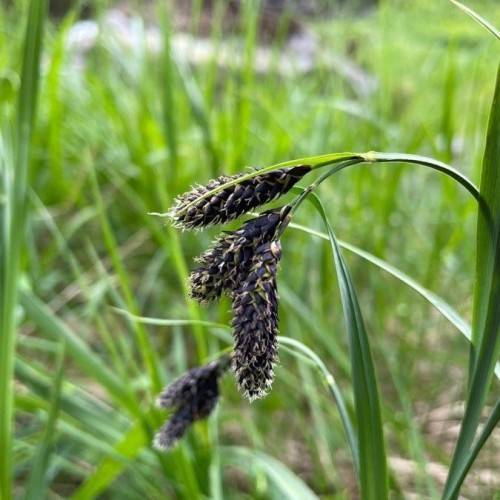
Black Sedge
Carex atratiformis
Also Known As - Scabrous Black Sedge,Blackish SedgeWatering:
Frequent
Hardiness Zone:
Flowers:
Flowers
Sun:
Sun, Partial Shade
Soil:
Clay, Sand
Leaf:
Yes
Growth Rate:
Low
Drought Tolerant:
Yes
Salt Tolerant:
Yes
watering
Howe's Sedge should be watered at least 1-2 times per week, and should be kept evenly moist. Water should be applied to the soil and around the base of the plant, being careful not to overwater. Water in the morning when possible, as this allows any water that runs off the soil to evaporate before nightfall. Avoid wetting the foliage of the plant, as this can cause fungal diseases. In the hottest parts of summer, Howe's Sedge may require more frequent watering.
sunlight
Howe's Sedge prefers full sunlight for optimal development and growth. It should be given a minimum of 6 hours of direct sunlight each day in the growing season (from late spring to early fall). Howe's Sedge flourishes best in slightly moist soil and needs little to moderate watering as it is indeed drought-tolerant. During the cooler winter months, it can be moved to a spot with partial shade or indirect sun, where it will remain dormant. It will only need a small amount of water if the soil dries out.
pruning
Howe's Sedge should be pruned twice a year during the early and late season. Pruning in early spring is important to remove dead and damaged foliage. In late summer or fall, remove the flower heads to maintain a neat growth habit and encourage new foliage. When pruning, be sure to make clean cuts and avoid damaging existing foliage. Take care not to remove the entire plant or more than a third of the stem. Proper pruning can help enhance the health and appearance of the Howe's Sedge.
